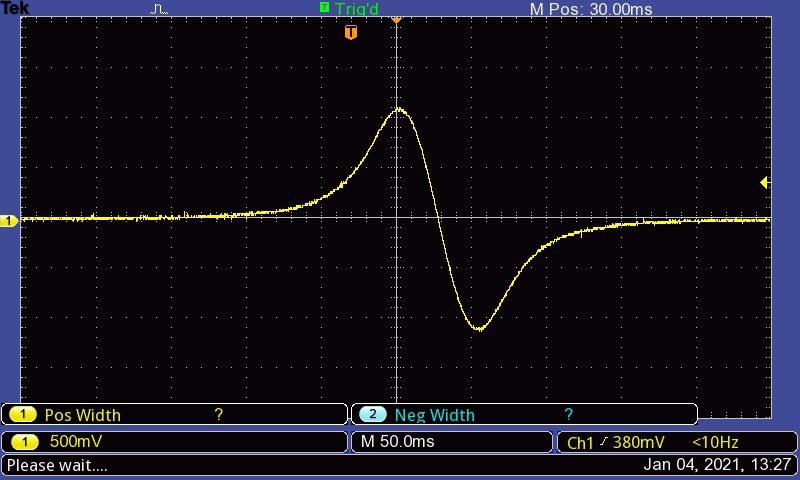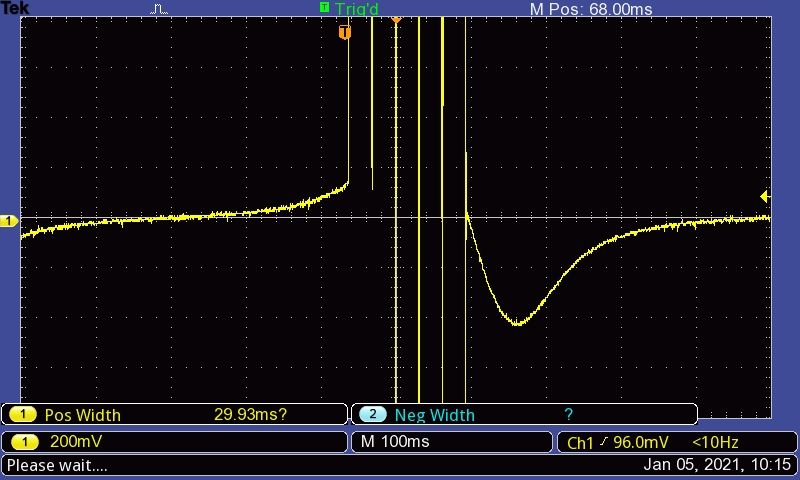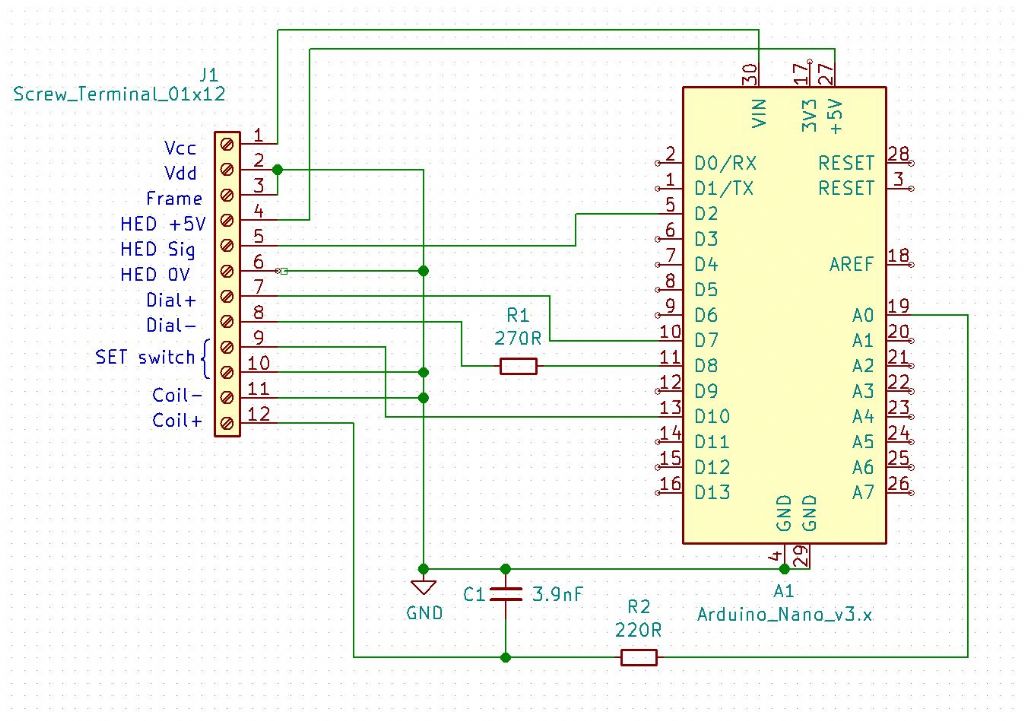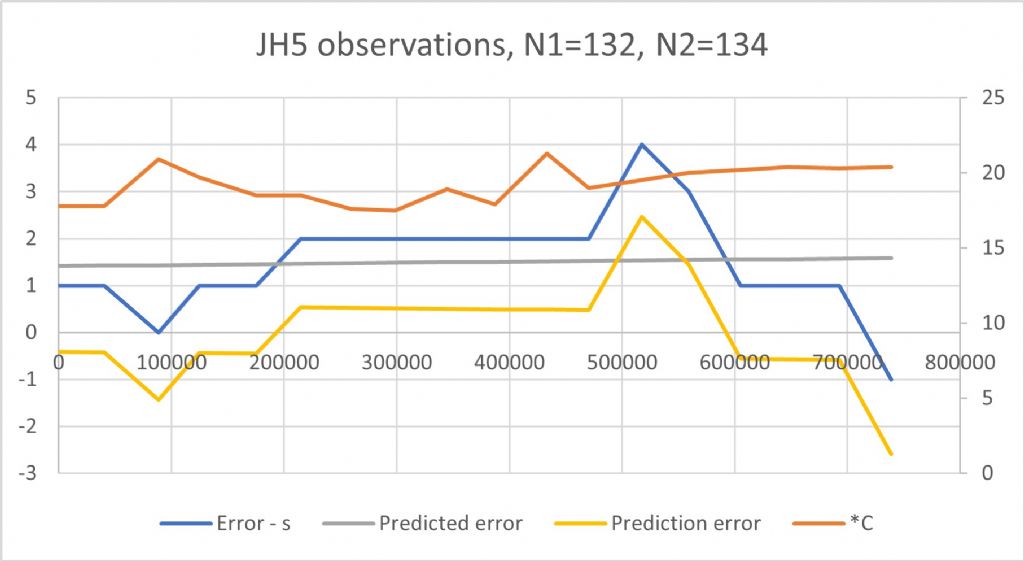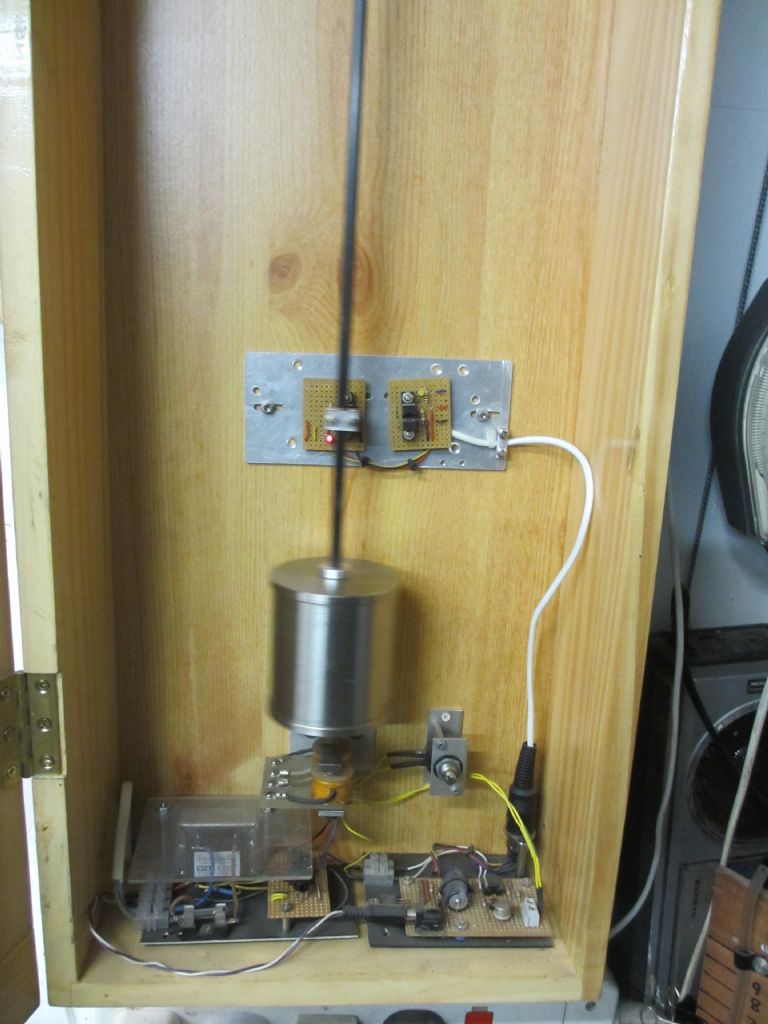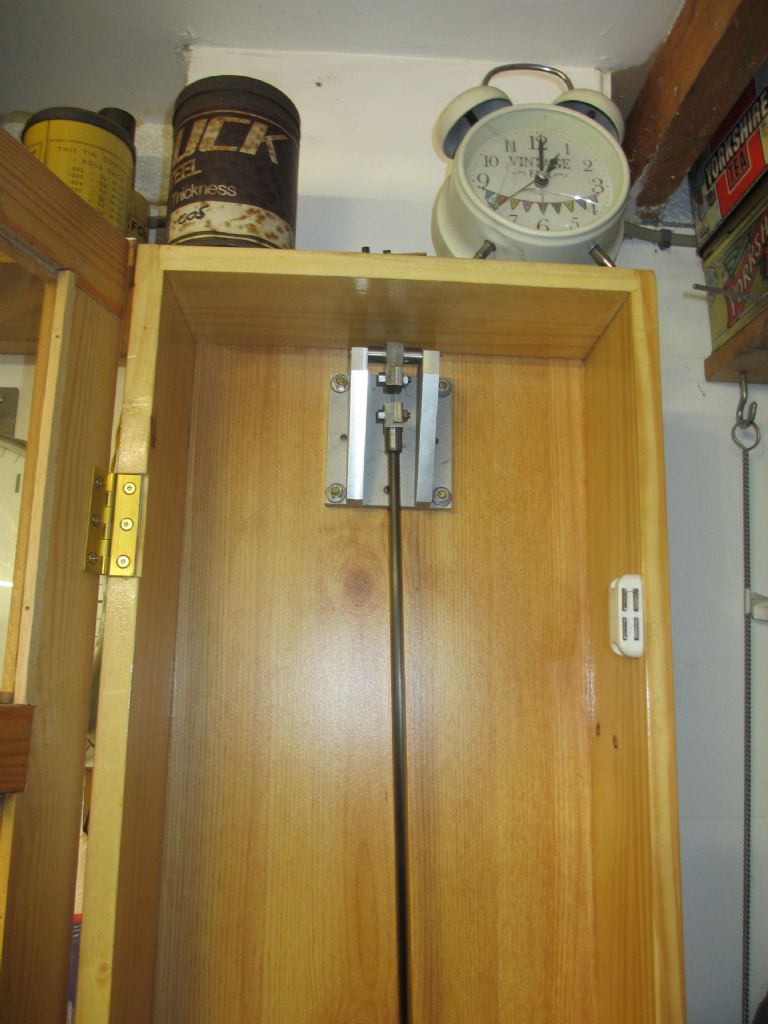Another Arduino-controlled pendulum clock
Another Arduino-controlled pendulum clock
- This topic has 62 replies, 8 voices, and was last updated 20 October 2023 at 16:21 by
John Haine.
- Please log in to reply to this topic. Registering is free and easy using the links on the menu at the top of this page.
Latest Replies
Viewing 25 topics - 1 through 25 (of 25 total)
-
- Topic
- Voices
- Last Post
Viewing 25 topics - 1 through 25 (of 25 total)
Latest Issue
Newsletter Sign-up
Latest Replies
- More Lidl questions
- Lubrication of headstock bearings on a Clarke CL500M
- Special BA bolts from Chronos
- Clarke CL500M longitudinal feed screw
- Blue crystals. Probably not meth?
- Forum Software?
- Generator size for vfd controlled 3 phase 5.5 kw motor
- Model Turbines
- HOBBYMAT MD65 – JAMMED
- What Did You Do Today 2025


